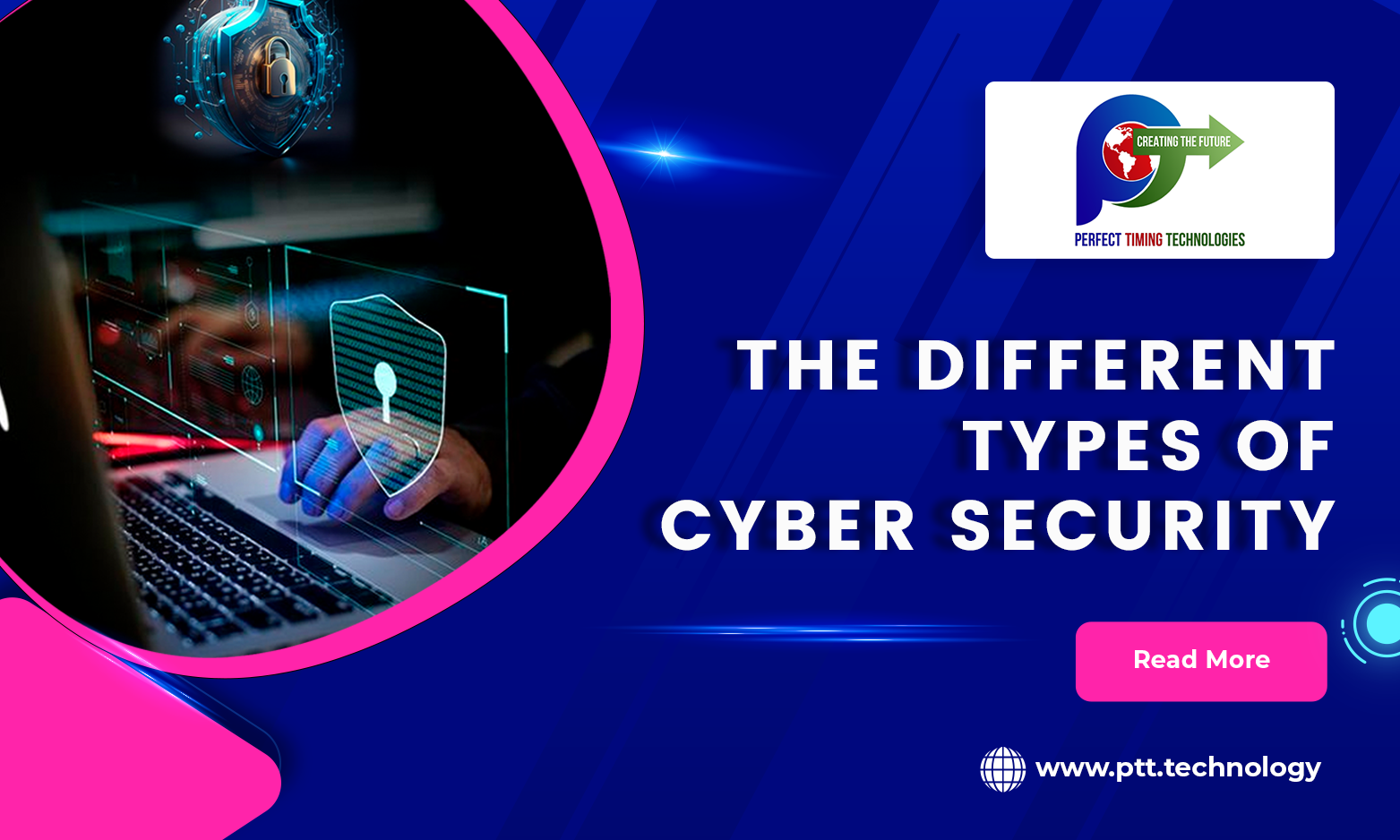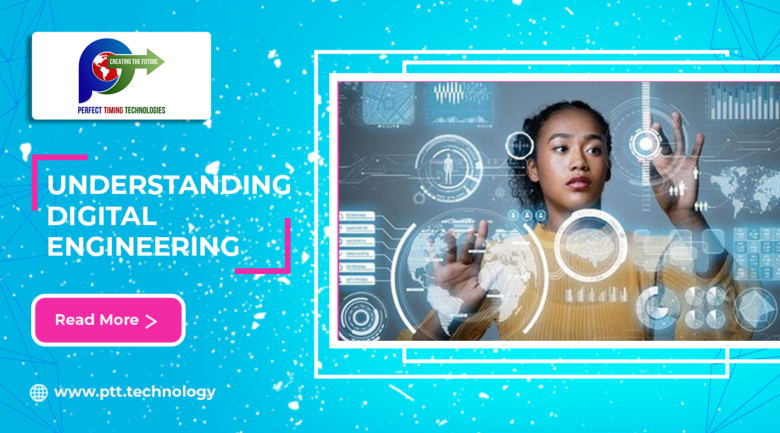
In recent years, the term cybersecurity has gained popularity among IT businesses and professionals. Simply put, Cybersecurity protects one’s critical information and electronic data against online thefts and cyber attacks.
Today, we shall discuss the different types of cyber security and why they are significant.
Let us begin.
Different Types of Cyber Security
Cyber security falls under the umbrella of IT security. It is important to note that not all IT security measures can fit into the practice of cyber security. It is different as it has its assets to protect. The collaborative efforts of people, processes and technology are the key to keeping all crucial data safe.
Cybersecurity encompasses various security measures and practices to protect any organization’s computer systems, networks, and data from cyber threats.
Let us throw some light on the different types of cybersecurity:
- Network Security: Network security focuses on securing the organization’s computer networks from unauthorized access, data breaches, and other threats. Technologies like firewalls, Intrusion Detection Systems (IDS), Intrusion Prevention Systems (IPS), and Virtual Private Networks (VPNs) are employed to ensure maximum protection.
- Information Security: Information security, also known as data security, involves protecting sensitive data and information from unauthorized access, disclosure, or theft. Encryption, access control, and data classification are essential components of information security.
- Endpoint Security: Endpoint security concentrates on securing individual devices, such as computers, smartphones, and tablets, from malware, viruses, and other threats. Antivirus software, anti-malware tools, and endpoint detection and response (EDR) solutions allow individual users or organizations to secure their devices.
- Application Security: Application security focuses on securing software applications and preventing vulnerabilities exploited by attackers. It involves code reviews, penetration testing, and security tools like Web Application Firewalls (WAFs).
- Cloud Security: With the increasing adoption of cloud computing, cloud security has become crucial. It involves securing data, applications, and infrastructure in cloud environments. Cloud providers often offer security features, but organizations must also implement their own security controls.
- Identity and Access Management: IAM involves managing and controlling user access to systems, networks, and data. It includes authentication methods, single sign-on, and multi-factor authentication to ensure that only authorized users can access resources.
- Behavioral Analytics: Behavioral analytics uses machine learning and AI to detect abnormal user behaviour or network activity that may indicate a security threat. It helps in identifying insider threats and advanced persistent threats.
- Security Information and Event Management: SIEM systems collect and analyze log data from various sources to identify and respond to security incidents. They provide real-time monitoring and incident detection.
- Mobile Security: Mobile security focuses on protecting mobile devices and the data they contain. Securing mobile apps, mobile device management, and mobile threat defence solutions are crucial in keeping your mobiles free of malware or cyber threats.
- IoT Security: Internet of Things (IoT) security involves securing the growing number of connected devices in homes, businesses, and industrial settings. Weaknesses in IoT devices can create entry points for attackers.
Conclusion
In today’s digital age, organizations rely heavily on technology and the Internet to conduct business operations. This increased reliance on technology also increases the risk of cyber-attacks and data breaches. By investing in cyber security, organizations can also demonstrate to their stakeholders that they take data protection and privacy seriously and can boost their reputation in the market.
Turn to our IT solutions to safeguard your business assets against the ever-evolving threat landscape of the digital world. Contact us now.







